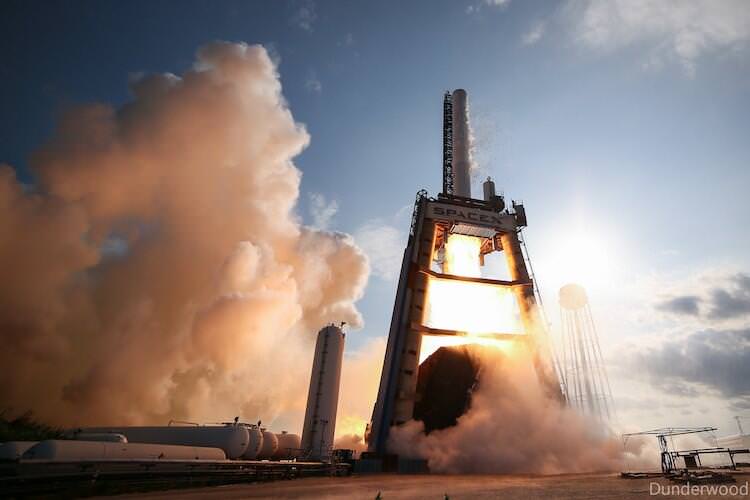A new booster forming the heart of a next-generation SpaceX Falcon 9 rocket underwent a three-minute test this week ahead of another of its type launching the Canadian Cassiope satellite this fall.
“Just completed full mission duration firing of next gen Falcon 9 booster,” wrote CEO Elon Musk on Twitter on Monday. “V[ery] proud of the boost stage team for overcoming many tough issues.”
SpaceX declined to elaborate on what the issues were in a statement to Space News, saying that the testing program is preliminary. (The company rarely comments on what goes on during tests.)
The firm has been steadily ramping up testing experience on the booster, as well as the Merlin-1D engine that powers it. In early June, it ran a brief 10-second test, then increased that to a 112-second test a week later. Check out the foom factor from that test below.
We’re still waiting for SpaceX to post pictures or video from the latest full mission test, but we’ll put them up if they become available.
SpaceX uses the same engines in the Grasshopper, a 10-story Vertical Takeoff Vertical Landing (VTVL) vehicle.
One of Grasshopper’s goals is to help SpaceX figure out how to bring a rocket back to Earth, ready to lift off again. A single Merlin 1D engine is enough to power Grasshopper. The new Falcon 9-R (R means “reusable”) requires nine.
Falcon 9-R is slated to loft Cassiope, a Canadian satellite that will observe space weather, in September.

